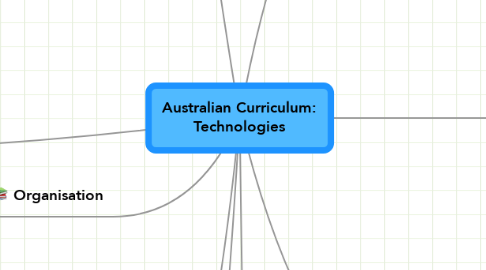
1. Aims
1.1. are creative, innovative and enterprising when using traditional, contemporary and emerging technologies, and understand how technologies have developed over time
1.2. effectively and responsibly select and manipulate appropriate technologies, resources, materials, data, systems, tools and equipment when designing and creating products, services, environments and digital solutions
1.3. critique and evaluate technologies processes to identify and create solutions to a range of problems or opportunities
1.4. investigate, design, plan, manage, create, produce and evaluate technologies solutions
1.5. engage confidently with technologies and make informed, ethical and sustainable decisions about technologies for preferred futures including personal health and wellbeing, recreation, everyday life, the world of work and enterprise, and the environment
2. Organisation
2.1. Design and technologies
2.2. Digital technologies
3. Content structure
3.1. Strands
3.1.1. Knowledge and understanding
3.1.2. Processes and production skills
3.2. Key ideas
3.2.1. Systems thinking and the overarching idea: Creating preferred futures
3.2.2. project management
3.3. Band level descriptions
3.3.1. Foundation to year 2
3.3.2. Years 3 and 4
3.3.3. Years 5 and 6
3.3.4. Years 7 and 8
3.3.5. Years 9 and 10
3.4. Glossary
3.4.1. A glossary is provided to support a common understanding of key terms used in the draft curriculum.
3.5. Content
3.5.1. Descriptions
3.5.2. Elaborations
4. Achievement Standards
4.1. An achievement standard describes the quality of learning (the depth of conceptual understanding and the sophistication of skills) that would indicate the student is well - placed to commence the learning required at the next level of achievement
5. Content
5.1. Digital technology
5.1.1. Strand
5.1.1.1. Design and Technologies knowledge and understanding
5.1.1.1.1. sub-strand
5.1.1.2. Design and Technologies processes and production skil ls
5.1.1.2.1. sub-strand
5.2. Design and technology
5.2.1. strand
5.2.1.1. Digital Technologies knowledge and understanding
5.2.1.1.1. sub-strands
5.2.1.2. Digital Technologies processes and production skills
5.2.1.2.1. sub-strands
